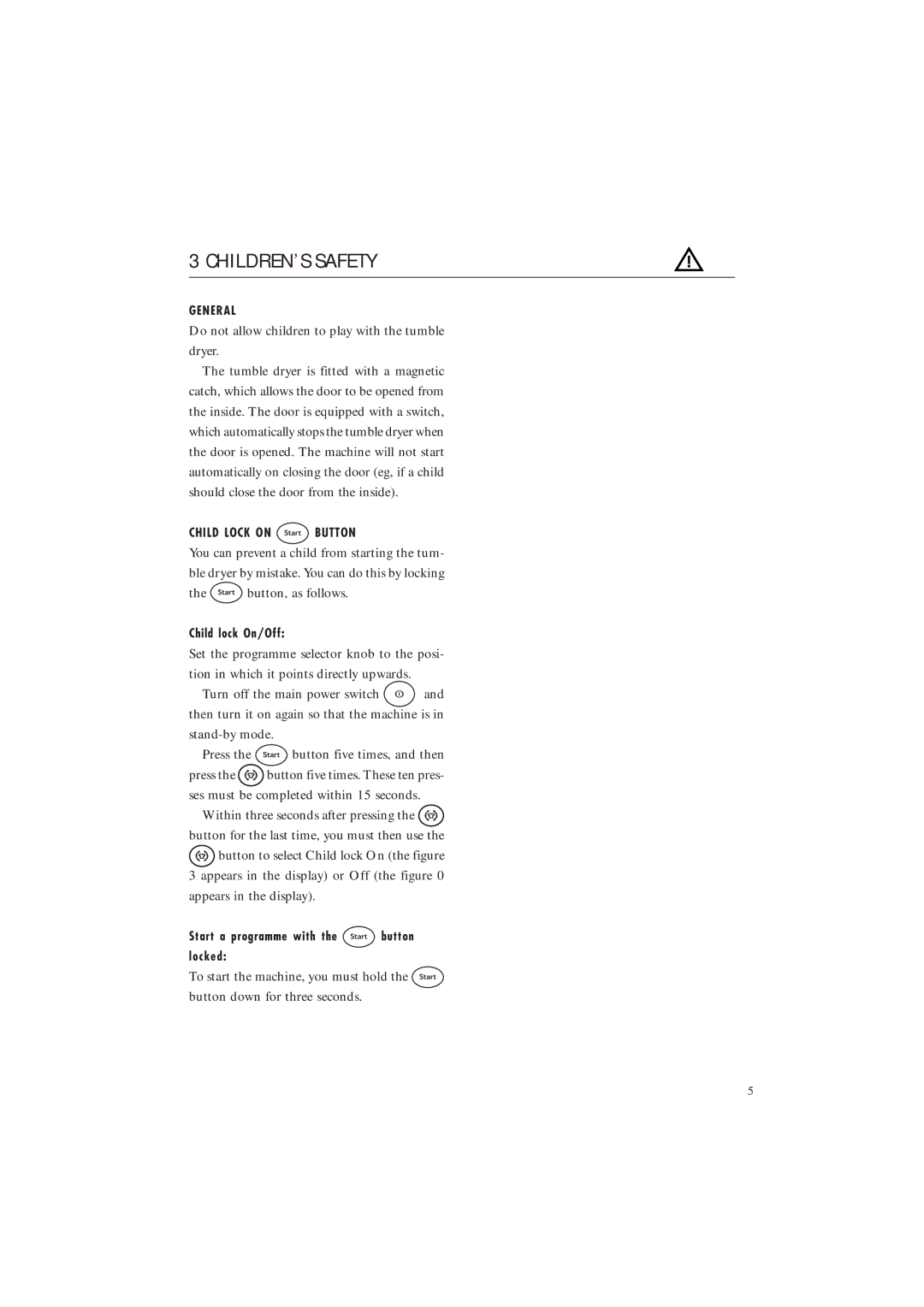MDE 9701, MDE 9801 specifications
When it comes to home appliances, Maytag has long been synonymous with reliability and durability. Among its line of dryers, the Maytag MDE 9801 and MDE 9701 models stand out for their robust features and advanced technologies, making them popular choices for consumers looking for efficiency and performance.The Maytag MDE 9801 offers a variety of features designed to enhance user convenience. One of its standout capabilities is the Extra Power button, which boosts drying power on any cycle. This feature is especially useful for drying heavy fabrics like towels or comforters, ensuring they come out completely dry without needing to run multiple cycles. Additionally, the MDE 9801 includes a large capacity drum that allows users to dry substantial loads efficiently, saving time and energy.
On the other hand, the Maytag MDE 9701 shares many similar traits but comes with its own unique set of technologies. This model also features the Extra Power button, making it effective for various fabric types. The MDE 9701 is equipped with an advanced moisture sensing system that detects moisture levels in the drum, adjusting the drying time accordingly. This intelligent drying technology prevents over-drying, which can damage fabrics and decrease garment lifespan.
Both models come with Maytag’s heavy-duty construction, known for lasting durability. They are built with a commercial-grade motor and high-efficiency bearings, ensuring powerful performance even under continuous use. The wrinkle control option is another highlight, which helps minimize wrinkles in clothes, allowing you to spend less time ironing and more time enjoying your freshly dried laundry.
Furthermore, Maytag has incorporated quiet operation technology in both the MDE 9801 and MDE 9701 models, making them suitable for homes where noise can be a concern. The sound-dampening system reduces vibrations and decreases noise, allowing for a peaceful environment while the dryer is in operation.
In terms of energy efficiency, both dryers are designed to meet the ENERGY STAR certification standards, making them environmentally friendly options. This means they not only help users save money on utility bills but also contribute to reducing overall energy consumption.
In summary, both the Maytag MDE 9801 and MDE 9701 dryers are excellent choices for those in search of powerful, efficient, and user-friendly drying solutions. With their advanced features, robust construction, and energy-saving technologies, these models represent the quality and performance that Maytag is known for, making them a reliable choice for modern households.

